Writing is never about the writer. It’s about the reader—and nowhere more so than on the web, where attention is limited and people, for the most part, don’t want to hang around.
They want to move forward. They want to do something. Writing in plain English can help with that.
It’s not about simplifying your work or heavy-handed editing. It’s not about stifling creativity. Writing in plain English is about understanding who your reader is and what they want; then writing in a way that speaks to them clearly and concisely.
Looking for ways to improve your writing skills? Use these 10 basic principles of effective writing to get started.
10 basic principles of effective writing
Once you get the hang of it, plain English is faster to write and easier to read. Most importantly, you are much more likely to get your message across. Everyone wins.
So how do you do it? Here are 10 tips for writing effectively in a clear, concise way.
1. Write short sentences
Short sentences are easier to read. It’s as simple as that.
Aim for 15–20 words, but be sure to mix it up because good writing of any kind relies on rhythm. Short is better, but your writing needs to flow. That might mean writing a slightly longer sentence here and there, but that’s fine if the paragraph reads better and clarifies the meaning.
A good rule of thumb is to aim for one point or idea per sentence. That might sometimes sound ambitious, and, of course, some concepts are trickier to explain than others. However, most sentences can be sliced and diced in some way or another.
Keep it short. Be playful. Delete unnecessary words. Find your rhythm.
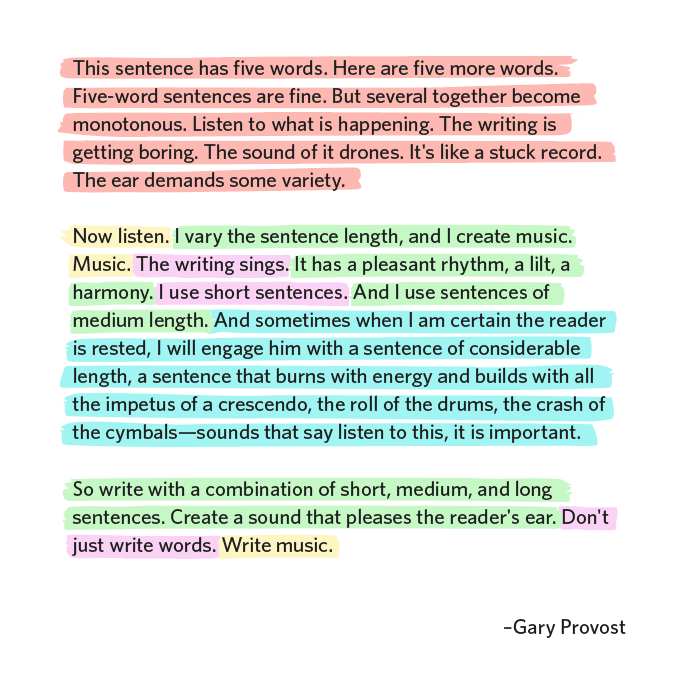 Vary the length of your sentences to create rhythm in your writing. (Image source)
Vary the length of your sentences to create rhythm in your writing. (Image source)
2. Use active voice
This is all about verbs. Active verbs make your sentences direct, dynamic, and easy to read. Passive verbs can make sentences confusing, ambiguous, and, I’m afraid to say, rather dull. Let’s look at the structure. Sentences that include active verbs are pieced together in a specific way.
The cat (subject) sat on (verb) the mat (object).
This sounds more clunky. It’s not how we would describe what is happening if we said it out loud. The passive version also needs two extra words for it to make sense. If you ever need to reduce your word count, hunt down your passive verbs and make them active. It works every time.
Typically, we talk in an active voice. Should you always avoid the passive voice? No, not really. Sometimes you don’t know who or what the subject of a sentence is, and sometimes a passive verb might be more appropriate.
However, for the most part, you’ll want to write using active verbs. They make your writing clearer, conversational, and more engaging.
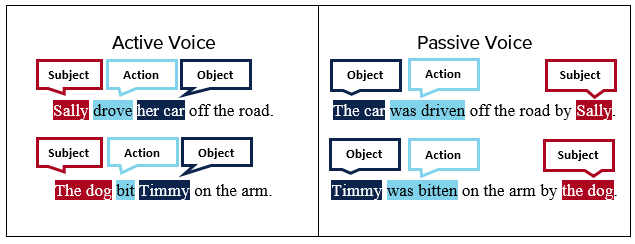 While passive voice hides the doer, active voice is more clear and direct, which makes for more engaged readers! (Image source)
While passive voice hides the doer, active voice is more clear and direct, which makes for more engaged readers! (Image source)
3. Use I, we, and you
Pronouns are your pals. If you’re writing on behalf of an organization, say, “We do this…” or, “Our product does that….” Use the company name if you feel it’s more appropriate, but it won’t be necessary most of the time.
Likewise, speak directly to the reader. Don’t refer to them as ‘customers’ or your ‘audience,’ and please, I beg of you, don’t call them ‘users.’
Remember, plain English is about communicating clearly. You are only ever writing for one person, so be conversational and say, “You can do this…” or, “Your information is….”
Pronouns help you avoid stuffy writing. They allow you to focus on the reader and sound more friendly, helpful, and human.
4. Write for your reader
Writing for the reader in a language they can understand and relate to is one of the key principles of writing in plain English. This might seem obvious, but use words that make sense to your reader.
Most websites have a broad audience, so it’s a good idea to use everyday language and avoid jargon like buzzwords and acronyms. Some jargon is okay if it fits the context and makes sense for the reader. For example, if you’re writing to an audience of tech-savvy folks, using some technical terms may be appropriate.
Writing in plain English is not dumbing down the content. Finding the simplest way to communicate with someone does not mean being simple. It means planning ahead, knowing your audience, and making no assumptions.
Know your message. Learn about your reader. Use words they’ll understand.
5. Give clear instructions
When writing for the web, it’s your job to help people get the information they need to take the next step. Giving clear instructions is the easiest way to ensure that the reader knows where to go or what to do next.
In general, online audiences are pretty good at following directions. We follow, like, share, subscribe, and buy several times a day. With the move to mobile, it’s even more important to write short, clear, and direct instructions.
If you want your reader to take action, let them know about it. Be direct. Tell them specifically what you want them to do next. Here are some examples:
Don’t say: The document should be downloaded.
Do say: Download the document.
Don’t say: Applicants are advised to read the job profile.
Do say: Read the job profile.
As you can see, the less direct alternative to giving instructions is longer sentences, passive verbs, and far fewer pronouns. And you know how we feel about that.
6. Avoid nominalization
A nominalization is an abstract noun formed from a verb. They are typically processes, feelings, and other intangibles that you read and run into every day. You probably hate them.
Some nominalization examples:
"On completion of the task."
“We had a discussion.”
“She made a suggestion.”
Here’s how they read if you use the verb instead:
“When the task is complete.”
“We discussed.”
“She suggested.”
As you can see, using verbs means using fewer words. They are more direct and lead to more interesting, engaging sentences. They are also more active – something is actually happening.
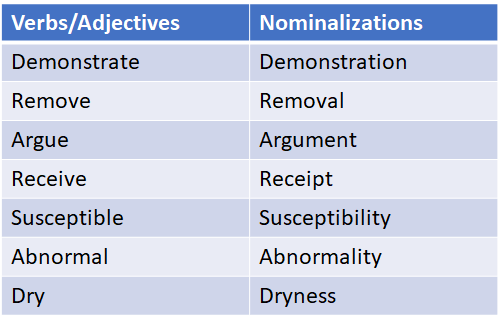 Here are some more examples of nominalizations to avoid and verbs you should use instead! (Image source)
Here are some more examples of nominalizations to avoid and verbs you should use instead! (Image source)
7. Use headings and lists
Headings and lists help break up the text on the page, organize information, and make your content easier to read and scan.
Make sure your headings are meaningful. Of course, it’s all about context. But in most cases, a good heading should tell the reader what they’ll find or learn in the copy below.
Lists are great for presenting complex ideas or lists of multiple items. Here are some tips for using lists:
- Include one point or idea per bullet.
- Only use a numbered list if there really is a specific order to the items.
- Avoid the overuse of bulleted lists in your content.
There are many ways to write lists. My advice is to pick one and be consistent.
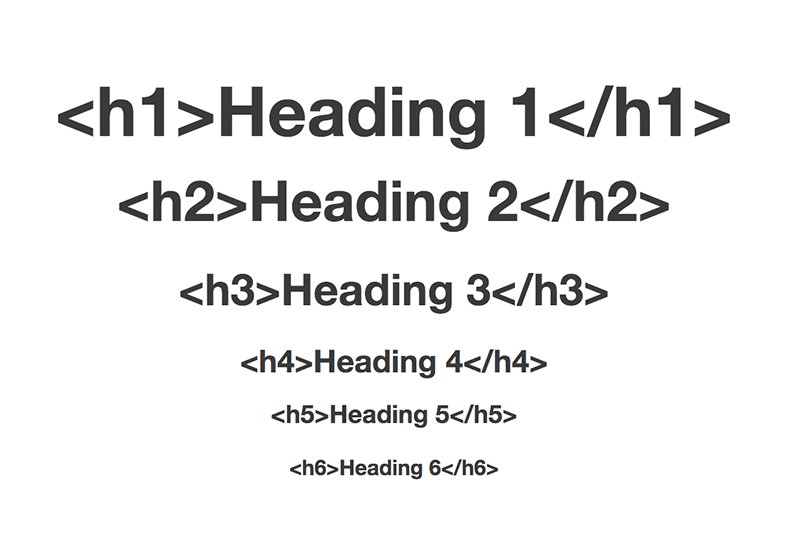 Headings make it easy for your audience to scan your content and decide if it's relevant before reading.
Headings make it easy for your audience to scan your content and decide if it's relevant before reading.
8. Use clear hyperlinks
This isn’t strictly a plain English principle, but I think it should be if you write for the web. Your hyperlinked text should be clear and meaningful. They should tell the reader where they will go if they click on the link. This is especially important for accessibility.
People with limited sight often use a screen reader to browse the internet. The device pulls up a list of links on a page and reads them back in audio form. If those links don’t have meaning – think ‘click here' and ‘read more’ – the listener will not know where they lead.
Don’t say: Check out my blog post.
Do say: Read my article about writing accessible links.
Beyond accessibility issues, clearly written links help the reader get from one place to another. They should be able to scan a page, see its links, and make a quick decision. Your job is to help them do that.
Badly written, ambiguous links will only frustrate and, in some cases, send readers on a wild goose chase.
9. Create a content style guide
Consistency is key to any writing project. A content style guide is a document that’s simple to produce, but it can have a huge impact on the quality and consistency of your copy. Creating a content style guide is an absolute must for teams where multiple people are creating content.
A content style guide will include conventions or rules for writing that everyone on the team will follow to a tee across the web and social channels.
You might include a list of names, phrases, or frequently used words alongside their correct usage. It will also have guidelines on correctly spelling the name of organizations and the agreed-upon methods for writing dates, times, and page titles.
A content style guide not only guides your own writing but everyone on your team. With a centralized list of writing conventions, everyone on your team will be working from the same guidelines.
Good to know: It's easy to keep your writing consistent in the Bynder’s Content Workflow Your style guide is brought to life for writers. They can easily follow your voice and tone content rules with embedded tips where the writing happens.
10. Get in the habit of writing often
Finally, writing plain English is about forming a habit. These principles will soon become second nature if you can make writing a part of your daily routine. You won’t worry or even think about whether your verbs are active or not.
Here’s a simple exercise that you can do at any time. Choose 100 words, and cut it down to 50 words without losing any meaning.
Shorten long sentences. Delete those passive verbs. Make it punchy. Make it clear—practice writing in plain English. The more you do it, the easier and faster this process will become!
Putting plain English into practice
Now that we’ve told you our favorite writing tips, it’s time to put your “writing in plain English” skills into practice.
When you are hard at work revising and editing your content to make it more clear and concise, remember this quote from William Zinsser, author of On Writing Well:
Writing is hard work. A clear sentence is no accident. Very few sentences come out right the first time or even the third time. Remember this in moments of despair. If you find that writing is hard, it’s because it is hard.William Zinsser
author of On Writing Well
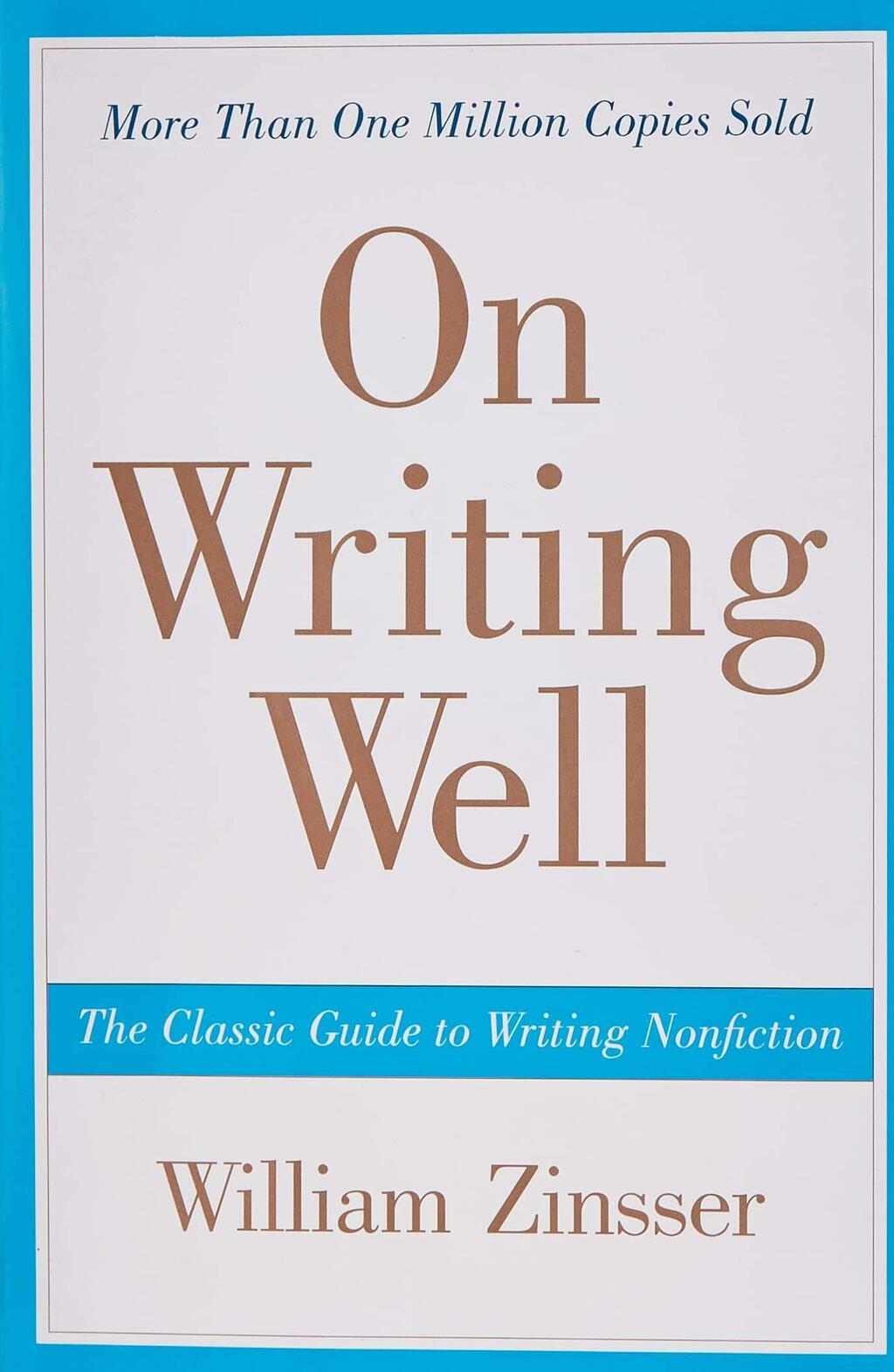
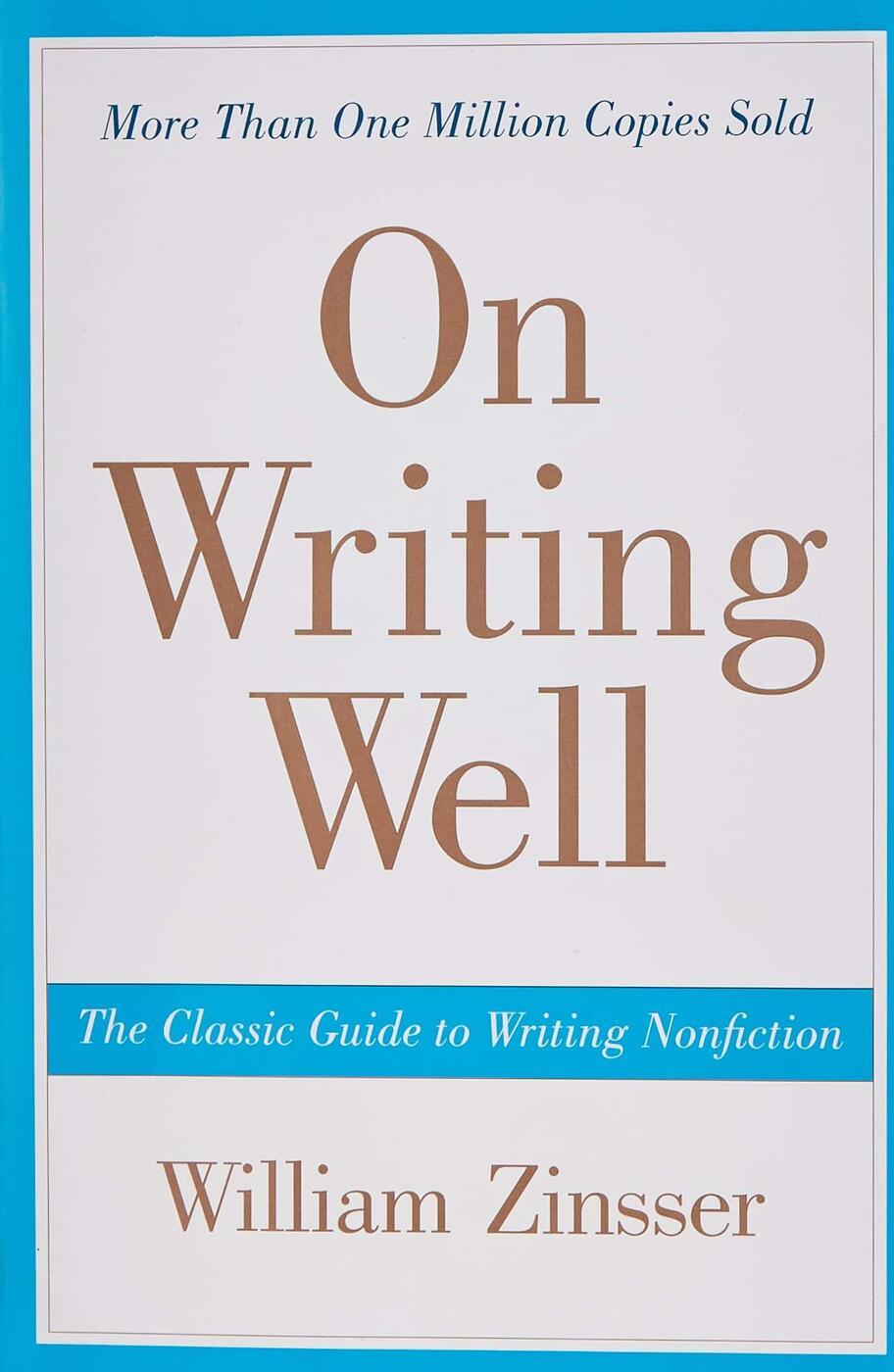
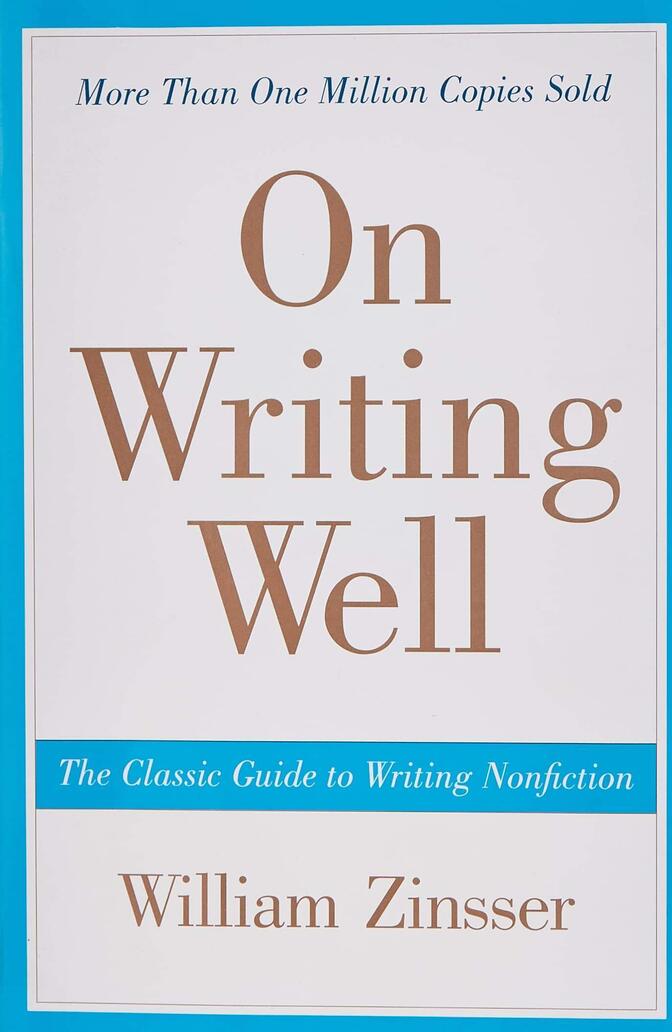
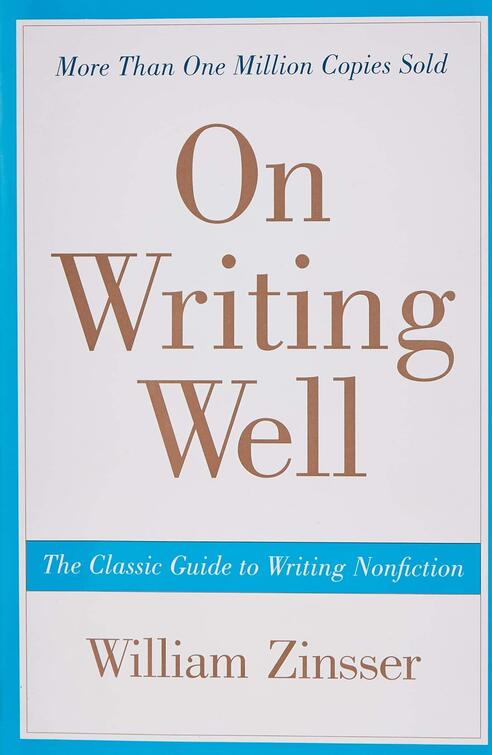
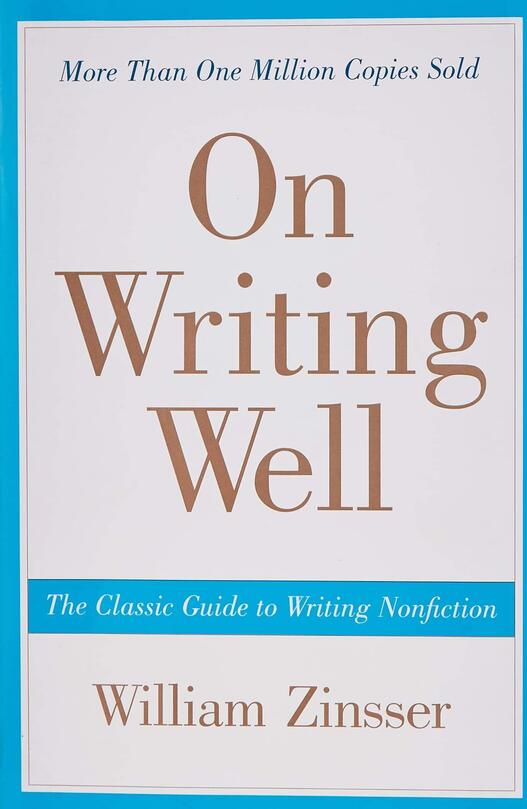 On Writing Well by William Zinsser is an excellent introduction to how to write better. (Image source)
On Writing Well by William Zinsser is an excellent introduction to how to write better. (Image source)
If you’d like more information and a boatload of excellent free resources, I recommend you take a look at the Plain English Campaign website. It’s full of goodies that you can bookmark and refer to time and again.
If you're looking for a simple solution to manage your team's writing output, try Bynder’s Content Workflow free today.










